MMA ORIGINS
PANKRATION:
THE UNCHAINED COMBAT SPORT OF ANCIENT GREECE By Jim Arvanitis
Copyright 2015 Jim Arvanitis Proofread and edited by David Dubrow
All rights reserved. No part of this book may be reproduced or transmitted in any form or by anymeans, electronic or mechanical, including photocopying, recording, or by any information storage and retrieval system, without permission in writing from the author.
ISBN-10: 150889311X ISBN-13: 978-1508893110
DISCLAIMER
This book is presented only as a means of reference in preserving a unique aspect of the history of martial arts. Neither Ethos Books nor the author makes any representation, warranty or guarantee that the techniques described or illustrated in this book will be safe or effective in any self-defense situation or otherwise. You may be injured if you apply or train in the techniques and/or training methods illustrated therein and neither Ethos Books nor the author is responsible for any such injury that may result. It is essential to consult a physician regarding whether or not to attempt any technique described in this book. Specific combat skills illustrated in this book may not be justified in any particular situation in view of all of the circumstances or under applicable federal, state or local law.
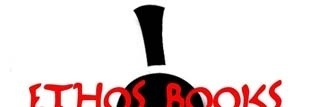

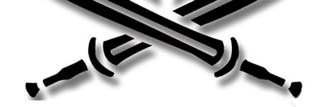


Now you have come to the Olympic
Games and to the finest of the
contests at Olympia. This is the
pankration for men. Pankratiasts
practice a dangerous brand of wrest
ling. They must endure black eyes
which are unsafe for the wrestler,
and learn holds by which one has
fallen can still win, and they must be
skillful in various ways of strangula
tion. They bend ankles and twist
arms and throw punches and jump
on their opponents. All such prac
tices are permitted in the pankra
tion, except for biting and gouging.
Indeed, the Lakedaimonians permit
even this, I suppose because they are
training for battle, but the Elean
games prohibit biting and gouging,
although strangling is allowed.
 - Philostratos (circa 240)
- Philostratos (circa 240)
DEDICATION
 In memory of my beloved parents, Alice and George Arvanitis.
In memory of my beloved parents, Alice and George Arvanitis.
In honor of my wonderful wife, Chrysti and our sons Brandon and Bryson.
And to you Kalia, my sweet Pomeranian princess.


 DEDICATION 3
DEDICATION 3
INTRODUCTION 7
Part I. HISTORY 111/ROOTS 12
Etymology 12
Pre-History 12
Mythological Genesis: Games of the Gods 15
Spiritual Connections 17
2/ANCIENT GREEK MARTIAL ARTS 18
Warfare, Athletics, and Greek Society 18
Battlefield Combat (Pammachon) 19
Arms and Armor (Panoply) 20
The Phalanx 24
The Spartan Ethos 29
3/EARLY COMBAT SPORTS 33
Wrestling (Pale) 33
Boxing (Pyxmachia/Pygmachia) 36
Combat Sport and Nudity 39
Armed Competitions 40
4/ALL-POWERS FIGHTING 42
Olympic Pankration 42
Cross-Competition: Pankratiasts in Other Sports 43 Critics of Pankration 44
The Role of Alexander the Great 45
Feats and Legends 46
5/PANKRATIONS DEMISE 48
Pankration in the Hellenistic Era 48
The Games of Rome 49
Part II. INSIDE THE SPORT OF PANKRATION 566/STRUCTURE AND RULES OF COMPETITION (agones diataxeis) 57 The Officials 57
Pairings of Contestants 58
The Skamma 59
Age and Weight Categories 60
Contest Duration 60
Legal Techniques 61
Fouls and Penalties 62
Ways of Attaining Victory 63
Prizes 66
Part III. PALAESMA: A FUNCTIONAL ANALYSIS 68Overview 69
7/STANDUP SKILLS 70
Readiness Position 70
Mobility 72
Levels and Range 72
Striking Tools and Defenses 73
8/GRAPPLING AND GROUND TECHNIQUES 90
Control Positions 91
Clinching Holds 93
Takedowns and Throws (Rassein Apaly) 97
Holding and Hitting 106
Striking on the Ground 107
Joint Locks 109
Chokes, Cranks, and Head Manipulations 113
Part IV. THE PREPARATION 1189/ATTRIBUTES AND TACTICS 119
Mind/Body Ideal 119
Strategy 122
10/TRAINING FOR COMPETITION 126
Preliminary Selection 127
The Palaistra/Gymnasia 127
The Trainers 128
The Training Schedule 129
Basic Conditioning 132
Combat Skills Development 134
Equipment 137
Diet 140
Injuries and Recovery 142
Part V. APPENDIX 144OLYMPIC PANKRATION CHAMPIONS 145
GLOSSARY OF BASIC TERMS 148
BIBLIOGRAPHY 151
ILLUSTRATION CREDITS 153
ABOUT THE AUTHOR 158
TESTIMONIALS 159
OTHER CURRENT BOOK TITLES BY THE AUTHOR 161
INTRODUCTION

One of my favorite sayings is, There is nothing new under the sun. I often apply it to mixed martial arts (aka MMA) as it is by no means the first combat sport to have combined the best elements from different styles to engage an opponent under the most realistic conditions. With the global popularity of MMA, its relevant to understand that this phenomenon reaches as far back as the 7th century B.C. if not the 12th century B.C. I would venture to guess that even many of those who compete in or are in some way involved in the sport today have limited knowledge of this.
The skills and techniques found in physical combat are for the most part universal and its origins most certainly can be traced to the Neolithic period of mans development. No one trulyknows what sort of data through carvings, writings, frescoes, and other artifacts, lay hidden, undiscovered, or buried from sight in the earth or in the back of museums. However, it is fact that pankration is without question the first mixed martial art the world has ever known. Thearchaeological record shows through the numerous works of art and literature left to us by the early Greeks that it was the first documented combat sport of its kind that blended striking with grappling techniques, and was fought both standing and on the ground. As MMA continues to gain worldwide acceptance, it owes its existence to many factors, perhaps the most significant being pankration.

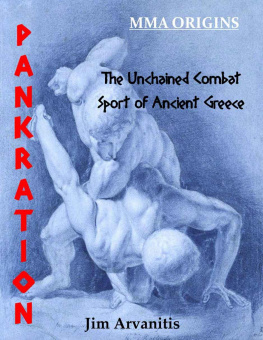
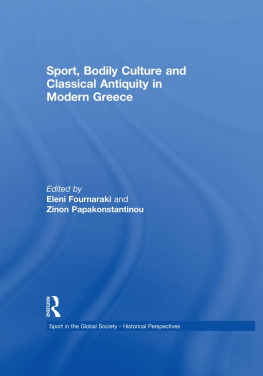
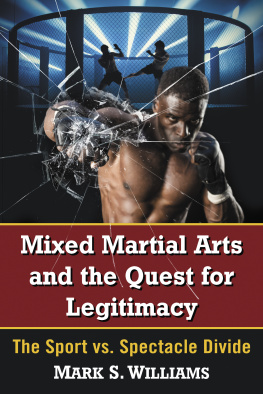

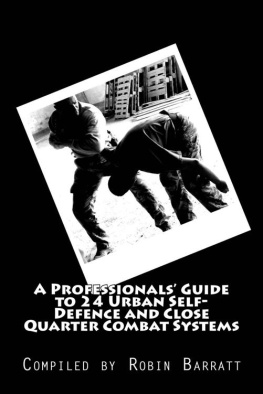
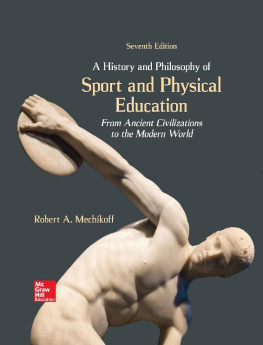

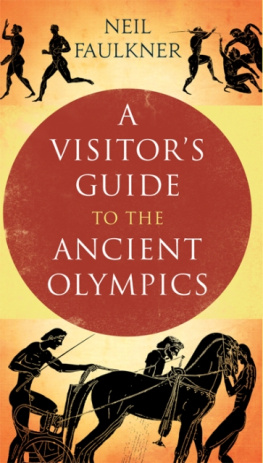





 In memory of my beloved parents, Alice and George Arvanitis.
In memory of my beloved parents, Alice and George Arvanitis.


 DEDICATION 3
DEDICATION 3